Full Stack Developer Course in Pune, IN
(5) 1025 ratings.

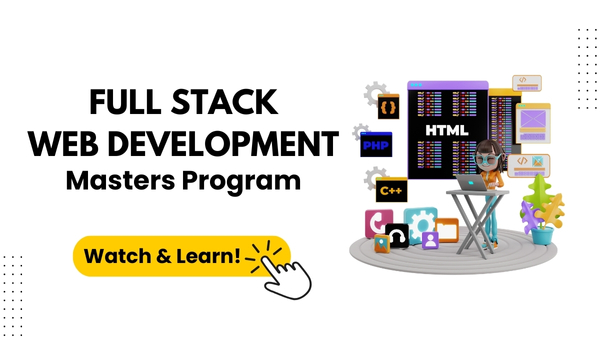
(5) 1025 ratings.


Next Batch Starts
Program Duration
Learning Format
GoLogica Academic's Master Program features a structured curriculum, paving the way to Global scope.
GoLogica having a 15+ years of experience on career transforming programs with industrial oriented Skills.
GoLogica Advanced Programs delivers cutting-edge AI Training, offering insights into the latest trends.
GoLogica emphasizes practical learning with exercises, projects to equip you with real world application.
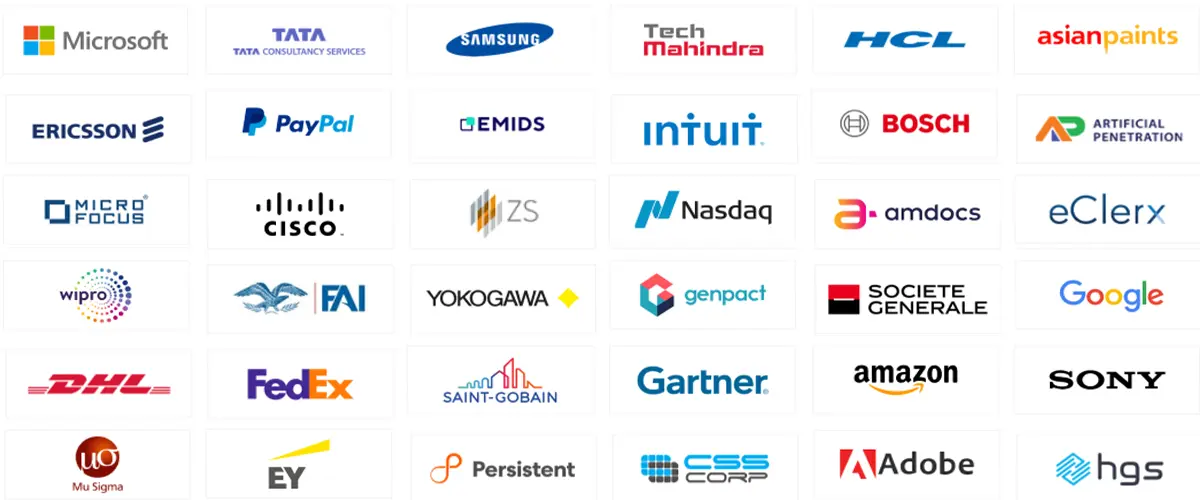
The master program in Full Stack Web Developer at Pune would offer aspiring developers as well as professionals in this field the much-needed opportunity to upscale by allowing them to take up front-end to back-end development, thus imparting all-around groundings in all the important web technologies.
The curriculum is particularly designed for the students for most in-demand skills from various industries. The course starts with front-end technologies like HTML5, CSS3, JavaScript, React.js, and Angular.js about how to make something look pretty and friendly to web applications. As long as it does, the students are led to apply responsive design techniques through Bootstrap and CSS Grid so that it can act on all manner of devices.
You will take it to server-side programming with Node.js and Express.js while building scalable and efficient web applications. You learn how to integrate RESTful APIs, which permit the client and the server to talk to each other; hence, producing smooth functionality. Of course, detailed coverage of SQL-based databases such as MySQL and NoSQL databases such as MongoDB will equip you with the skills to deal with data efficiently.
Cloud deployment is the mantra of modern web development. By the end of this course, you will learn to deploy applications onto popular cloud platforms like AWS and Heroku. This will be an extremely valuable practical experience. You will learn how to collaborate and work well with code using tools for version control that include Git and GitHub.
The curriculum is so interested in real-world application that you could apply what you learned in practical settings. You will even talk about techniques that are used to test and debug such that your applications will be solid and working.
Industry-aligned curriculum and practical approach at GoLogica will keep you ahead of the competition in the competitive market. The course material is lifetime access to which you can come back and forth at any point, learn those lessons, and keep up with what is currently evolving in technology. Once this course is completed and passed, certification validates your full-stack developer skill set, thus getting you ready for job opportunities within the field of web development.
GoLogica Oracle SQL training provides comprehensive instruction in SQL, covering database management, data manipulation, and more. Gain hands-on experience in this essential database language with expert-led training and advance your career with GoLogica.
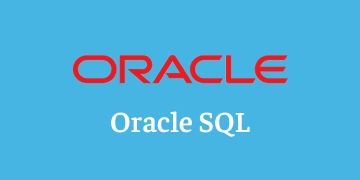
GoLogica Online Training is a bleeding edge preparing supplier that offers proficient instructional classes in all IT innovation stages. JavaScript Online instructional class is a standout amongst the most looked for after expert course at GoLogica because of its far reaching course educational modules and hands-on pragmatic instructional exercises.

Node.js is an intense JavaScript-based system/stage based on Google Chrome’s JavaScript V8 Engine. It is utilized to create I/O concentrated web applications like video spilling destinations, single-page applications, and other web applications. Learn Node.js Online

The Complete Web Developer Course - Build 5 Websites Online Training at GoLogica begins from the rudiments of web advancement like HTML components, styling the HTML components with CSS, utilizing recently presented highlights in HTML5 and CSS3 to conveying the sites on Amazon Simple Storage Service.
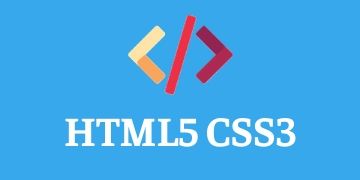
MongoDB is a free and open-source cross-platform document-oriented database program. Classified as a NoSQL database program, MongoDB uses JSON-like documents with schemas. The administration documentation addresses the ongoing operation and maintenance of MongoDB instances and deployments.
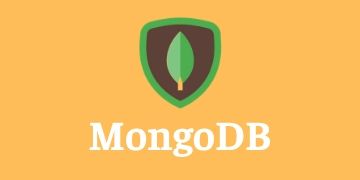
GoLogica’s GitHub course delivered by our expert trainers will give a setup by step instruction to learn Git as a tool and also learn Github. By the end of the course you will know how Git and Github workflows and how they function together in software development. Know the key features like the three key features of Github are fork pull request and merge and you can be ready to use Github in real time projects.

GoLogia's Express JS Training will unlock your potential as an Express JS.js developer! This course takes your skills, from the basics up to building strong web applications. Become a member today for superior instruction, real-world experience, and web development.
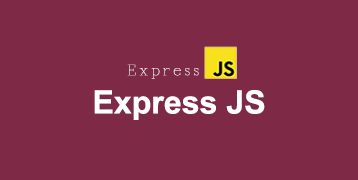
GoLogica's React and Redux Training courses show you how to rewrite your web projects with smart data management using React and Redux. Come join us Suitable for front-end developers and React fans, this course workstogether theory with practical exercises so you end up ready to use React and Redux in your actual work. Improve your career chances and stay at the critical edge in this constantly changing field of web development.
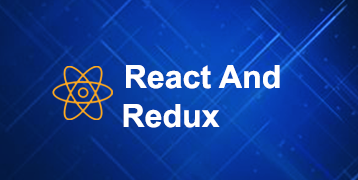

.webp)
Broaden Your Full Stack Web Development Skills to Boost Career Prospects
With this, the students will be able to decide their careers in the right way.
We Help with face-to-face interaction through mock interviews & Exams

Powered by
Paypal
Debit/Credit
UPI
GoLogica Full Stack Developer Certification holds accreditation from major global companies worldwide. Upon completion of both theoretical and practical sessions, we offer certification to both freshers and corporate trainees. Our certification on Full Stack Developer is recognized globally through GoLogica, significantly enhances the value of your resume, opening doors to prominent job positions within leading MNCs. Attainment of this certification is contingent upon the successful completion of our training program and practical projects.
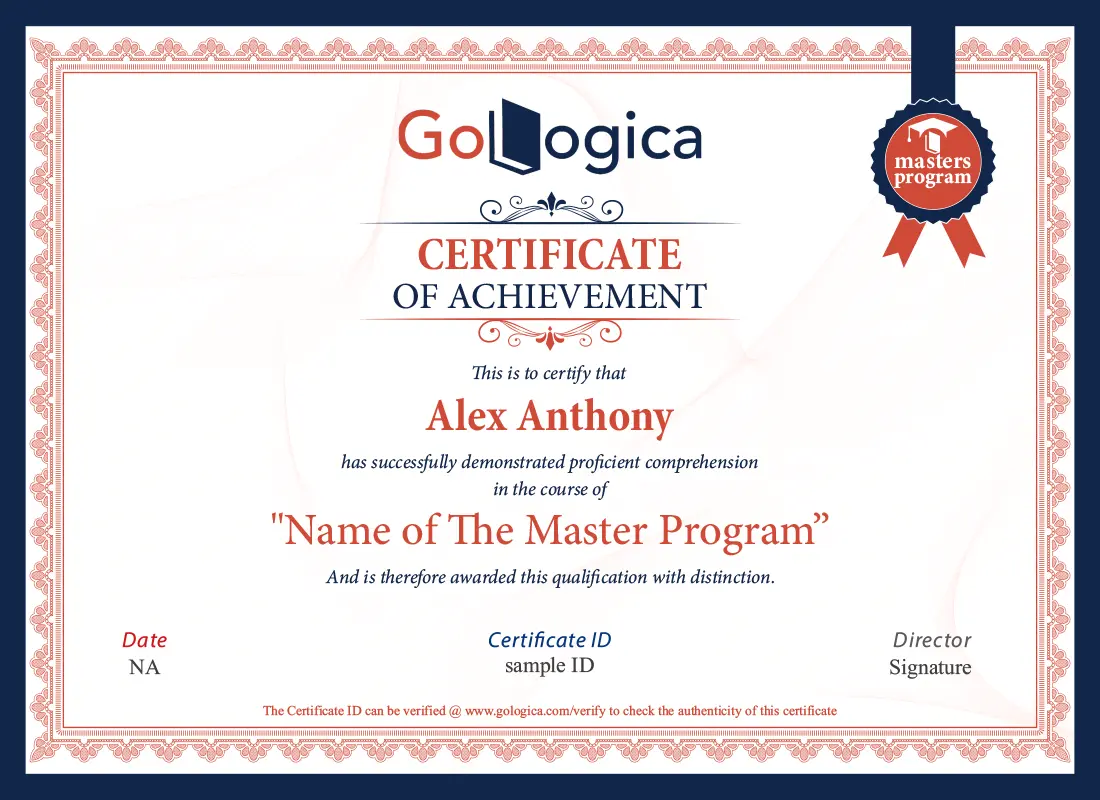
According to the BLS, full stack developer’s professionals are well-compensated. The median annual wage for full stack developers was $75,000 to $125,000 PA It’s depending on factors such as experience, location, and specific job responsibilities.
Are you preparing for a interview? If yes, our expert tutors will help you with this.
If you’ve seen any of our online sessions, then you will join us. We offer the best learning environment led by experienced trainers.
It will help you stand out from the crowd. This course will help you become an expert in multi-platform. Also, will provide you the real-world experience with vital platforms and tools.
The demand for Full Stack Developers is high in India. More companies are moving onto digital technologies. Thus, the demand for one who can manage end-to-end web app development is increasing.

300 learners (5) 6 Months View Program

155 learners (4.7) 6 Months View Program

263 learners (4.8) 6 Months View Program
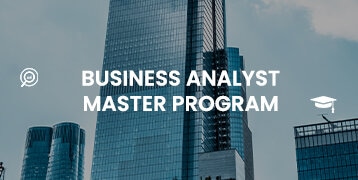
154 learners (4.1) 6 Months View Program